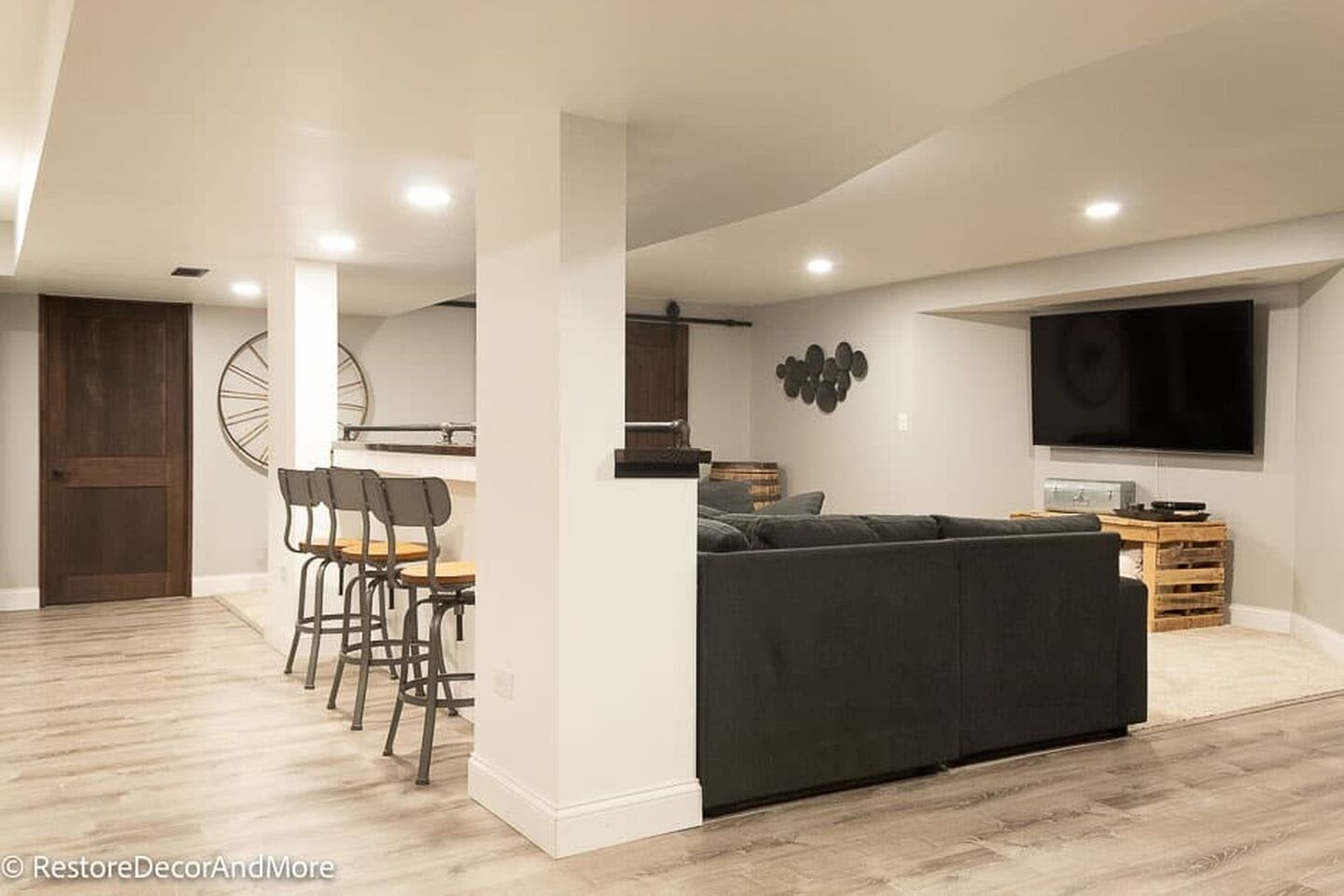A Guide to Waterproofing Your Home

As the rainy season approaches the Chicagoland area, homeowners face the task of safeguarding their homes against potential water damage. Think of waterproofing your home like putting on a raincoat before a storm. Just as a raincoat keeps you warm and dry, preventive waterproofing shields your basement from seepage.
Understanding the Importance of Preventive Waterproofing
Neglecting waterproofing can lead to severe consequences. Water intrusion into your home’s basement or crawl space can pave the way for mold growth, wood rot, and compromise the very structure of your residence. The costs associated with repairing such damages far exceed the investment required for preventive measures.
Routine Home Inspection and Maintenance
Homeowners should conduct routine inspections of their properties to identify potential vulnerabilities. Here’s a simple checklist to help you navigate your inspection:
1. Check Gutters and Downspouts:
- Clear any debris obstructing gutters to ensure proper water flow.
- Inspect downspouts for clogs and ensure they direct water away from the foundation.
2. Examine Basement or Crawl Space:
- Search for signs of moisture, such as dampness, mold growth, or musty odors.
- Look for cracks, gaps, or signs of water seepage along exterior foundation walls
- Inspect walls and floors for cracks or discoloration, indicative of water intrusion.
- Check for pooling water near the foundation, indicating drainage issues.
3. Test Sump Pump:
- Pour water into the sump pit to verify the pump activates and effectively removes water.
- Test the battery backup to ensure functionality during power outages.
4. Inspect for Exterior Waterproofing Issues:
- Look for signs of deterioration or damage to existing waterproofing sealants or coatings.
- Identify areas where water may penetrate through porous concrete or gaps in the foundation.
- Check the level of dirt and mulch around the house to ensure it is not higher than the top of the foundation.
Professional Evaluation and Solutions
Addressing basement seepage involves a combination of preventative measures and proactive solutions. Simple alterations such as installing a leaf filter, or gutter guards, can help minimize water accumulation on the roof, while repairing basement cracks provides a crucial barrier against moisture infiltration. Additionally, ensuring downspouts are properly positioned to direct water away from the foundation is essential for maintaining a dry basement environment.
U.S. Waterproofing provides access to expert guidance and tailored solutions for your waterproofing needs. Our team of experienced Advisors can assess the situation comprehensively and recommend the most effective measures to protect your home.
Reach out to U.S. Waterproofing for a free consultation.




